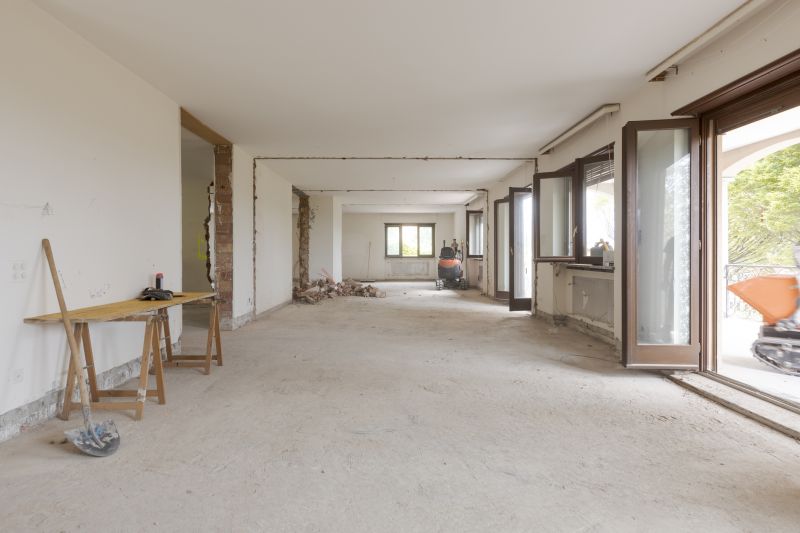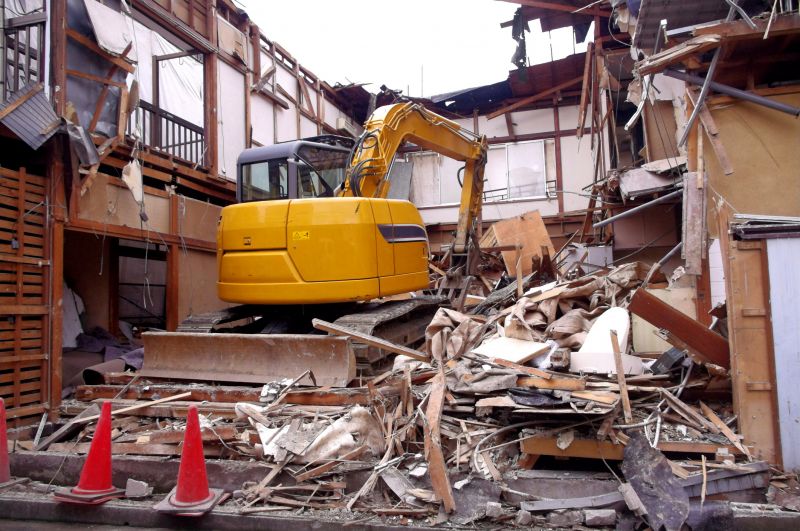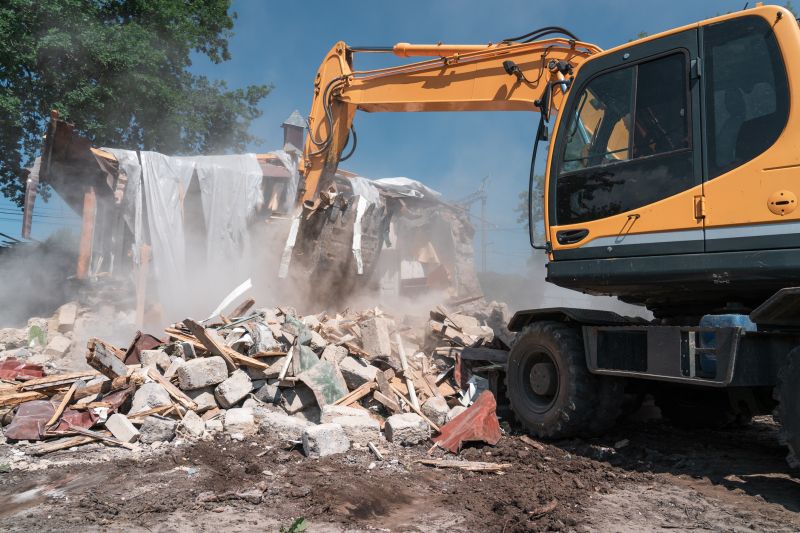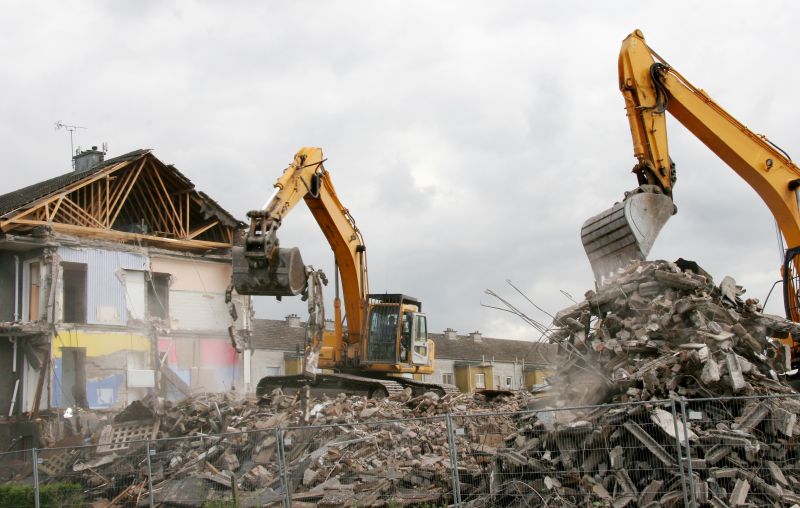Optimal Timing for Demolition Projects
Timing for demolition projects can significantly impact safety, efficiency, and cost. Factors such as weather conditions, project scope, and local regulations influence the optimal time for demolition activities. Planning during favorable weather reduces delays and ensures compliance with safety standards.
Demolition is best scheduled during dry, mild weather to prevent delays and hazards caused by rain or extreme temperatures.
Larger projects may require more planning and should be scheduled during periods with minimal external disruptions.
Coordinate with local authorities to determine permissible times for demolition, often avoiding weekends or holidays.
Timing should consider occupancy levels of surrounding structures to minimize disruptions.

Ways to make Demolition Service work in tight or awkward layouts.

Popular materials for Demolition Service and why they hold up over time.

Simple add-ons that improve Demolition Service without blowing the budget.

High-end options that actually feel worth it for Demolition Service.

Finishes and colors that play nicely with Demolition Service.

Little measurements that prevent headaches on Demolition Service day.
Demolition services involve the systematic dismantling of buildings or structures, often requiring specialized equipment and skilled personnel. Proper timing ensures minimal environmental impact, reduces safety risks, and adheres to local regulations. Scheduling during appropriate seasons and weather conditions maximizes efficiency and safety.

A 60-second routine that keeps Demolition Service looking new.

A frequent mistake in Demolition Service and how to dodge it.

Small tweaks to make Demolition Service safer and easier to use.

Lower-waste or water-saving choices for Demolition Service.

The short, realistic tool list for quality Demolition Service.

Rough timing from prep to clean-up for Demolition Service.

Quick checks and paperwork to keep after Demolition Service.

Examples that show the impact a good Demolition Service can make.
| Consideration | Details |
|---|---|
| Weather Conditions | Schedule during dry, moderate weather to prevent delays. |
| Project Size | Larger projects benefit from planning during low-traffic periods. |
| Regulatory Compliance | Coordinate with local authorities for permissible times. |
| Occupancy Levels | Avoid peak hours of surrounding structures. |
| Seasonality | Spring and fall are often ideal seasons. |
| Environmental Impact | Timing can influence dust and debris control. |
| Community Disruption | Schedule to minimize noise and disruption for neighbors. |
